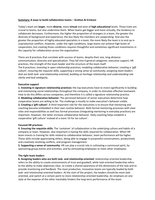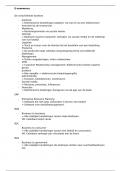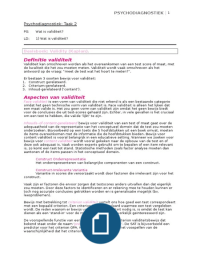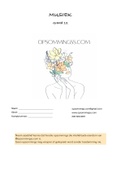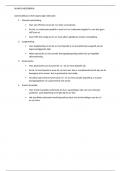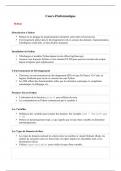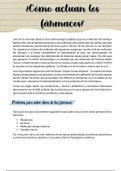Today’s team are larger, more diverse, more virtual and exist of high educational levels. Those traits are
crucial to teams, but also undermine them. When teams get bigger and more virtually, the tendency to
collaborate decreases. Furthermore, the higher the proportion of strangers in a team, the greater the
diversity of background and experience, the less likely the members are cooperating. And also the
greater the proportion of highly educated specialists in a team, the more likely the team is to end up in
unproductive conflicts. However, under the right conditions, large teams can achieve high levels of
cooperation, but creating those conditions requires thoughtful and sometimes significant investments in
the capacity for collaboration across the organization.
There are 8 practices that correlate with success of teams, despite their size, long-distance
communication, diversity and specialization. They fall into 4 general categories: executive support, HR
practices, the strength of the team leader and the structure of the team itself.
The 8 practices: investing in open relationship practices; modeling collaborative behavior; creating a ‘gift
culture’; ensuring the requisite skills; supporting a strong sense of community; assigning team leaders
that are both task- and relationship oriented; building on heritage relationship and understanding role
clarity and task ambiguity.
Executive support
1. Investing in signature relationship practices: the top executives have to invest significantly in building
and maintaining social relationships throughout the company, in order to stimulate effective teamwork.
How to do this differs across companies, and therefore it is called a signature relationship practice.
2. Modeling collaborative behavior: The perceived behavior of senior executives determine how
cooperative teams are willing to be. The challenge is mostly to make executive’s behavior visible.
3. Creating a ‘gift culture’: A third important role for the executives is to ensure that mentoring and
coaching become embedded in their own routine behavior. Both formal mentoring processes with clear
roles and responsibilities as well less formal processes (integrating mentoring in everyday practices) are
important. However, the latter increase collaborative behavior. Daily coaching helps establish a
cooperative 'gift culture’ instead of a more ‘tit for tat culture’.
Focused HR practices
4. Ensuring the requisite skills: The ‘container’ of collaboration is the underlying culture and habits of a
company or team. However, also important is having the skills required for collaboration. When HR
team invests in training for skills related to collaborative behavior, team performance will be higher.
Those skills include appreciating others, being able to engage in purposeful conversations, productively
and creatively resolving conflicts, and program management.
5. Supporting a sense of community: HR can play a crucial role in cultivating a communal spirit, by
sponsoring group events and activities, and by stimulating employees to meet other employees.
The right team leaders
6. Assigning leaders who are both task- and relationship-oriented: relationship-oriented leadership
refers to the ability to create environments of trust and goodwill, while task-oriented leadership refers
to the ability to make objectives clear, to create a shared awareness of the dimensions of the task and to
provide monitoring and feedback. The most productive, innovative teams are typically leaded by both
task- and relationship-oriented leaders. At the start of the project, the leaders should be more task-
oriented, and switch at a certain point to more relationship-oriented leadership. An emphasis on one
style at the expense of the other inevitably hinders the long-term performance of the team.


